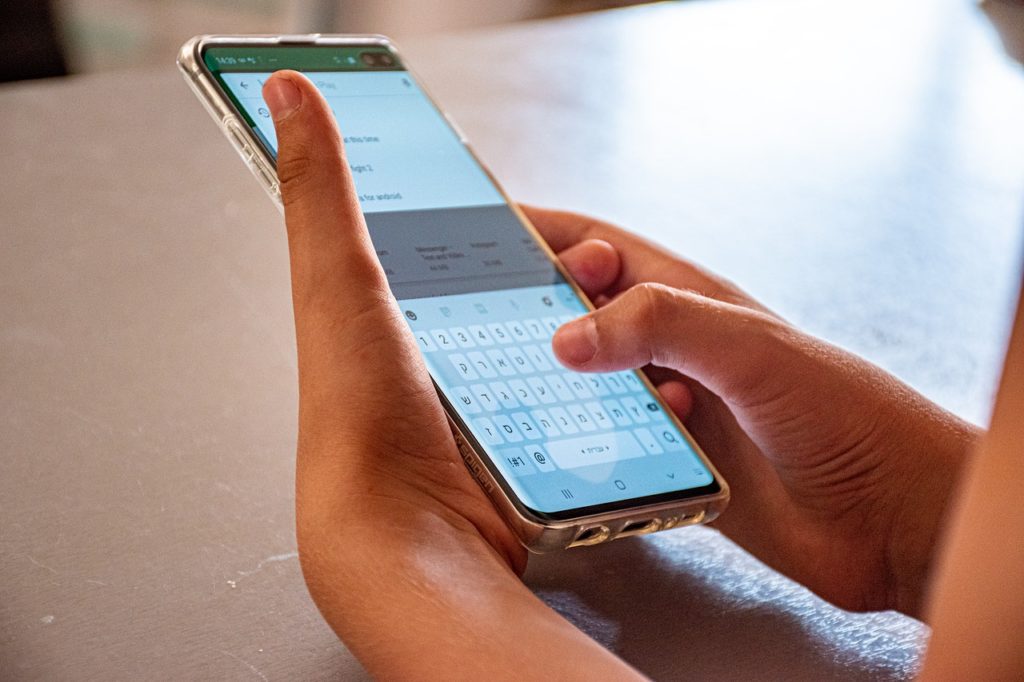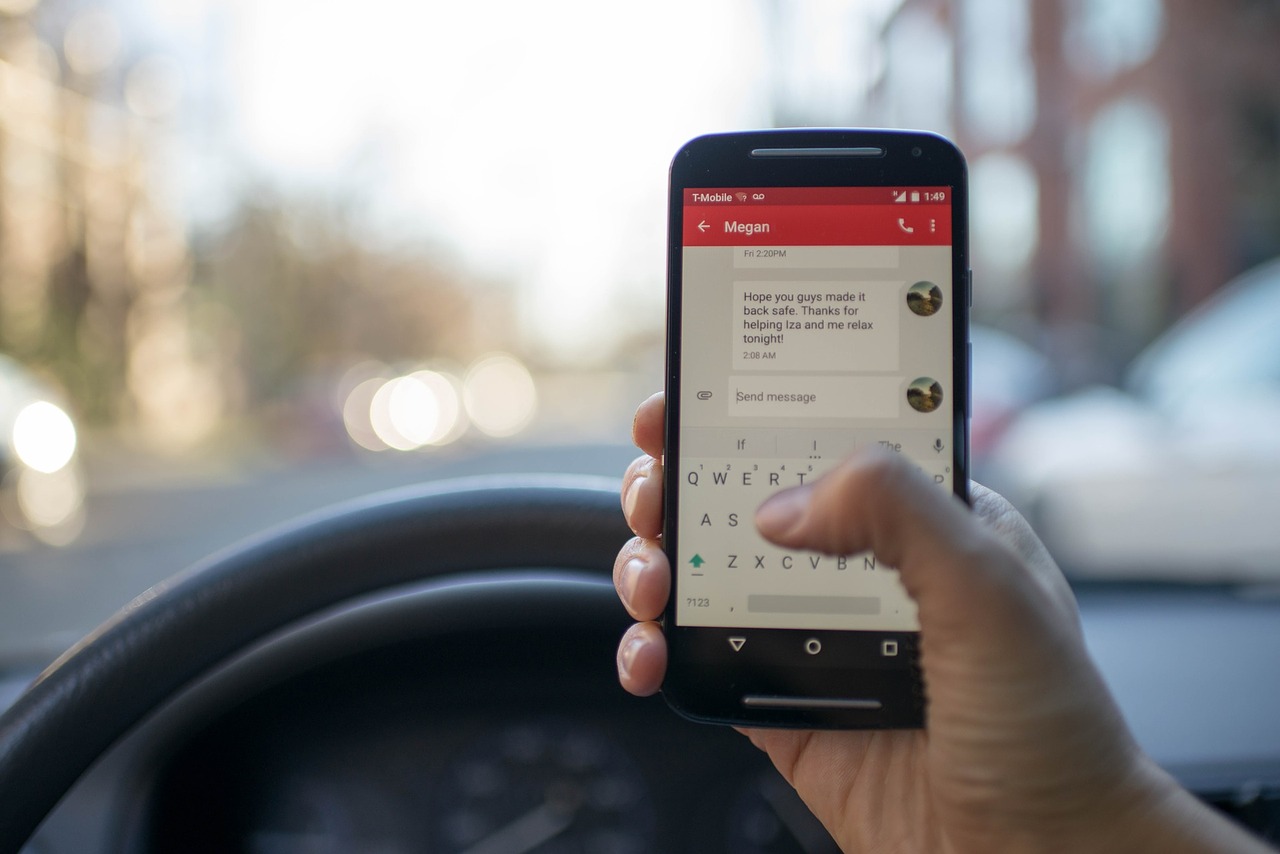Whether you’re texting with your friends, writing an e-mail for work, or composing your latest Facebook post, chances are that the on-screen keyboard is one of the smartphone features you use most often. And it’s hardly surprising that this is the case: keyboards have been an important part of written communication for well over a century. Read on for a look at seven fun facts about keyboards past and present.
QWERTY is the most common keyboard layout…
All over the world, the vast majority of keyboards (computer and smartphone alike) use the QWERTY configuration. Named for the first six letters in the top row of the keyboard, this layout was developed in the 1860s by the politician and businessman Christopher L. Sholes and was used for the first workable typewriters, made by Remington in the mid-1870s. These new machines and the keyboard layout they incorporated were a huge success. By 1890, more than 100,000 Remington-produced QWERTY typewriters were in use in the United States. Three years later, the top five American typewriter companies merged into one and decided to officially adopt QWERTY as their standard.

… but it’s also one of the least efficient.
Despite its massive popularity, the QWERTY layout isn’t actually the most efficient arrangement of keys. As the story goes, earlier keyboard layouts simply placed the keys in alphabetical order on two rows, similar to a piano keyboard. However, this arrangement would frequently cause the physical keys to become jammed or entangled with each other when a succession of letters positioned near each other was typed quickly. To address this issue, Sholes worked to separate some of the most common letter pairings, like “th” or “he,” to minimize the risk of jammed keys. The result was the QWERTY keyboard, with a deliberately less efficient and perhaps even counter-intuitive layout.
QWERTY’s biggest rival is DVORAK…
QWERTY’s dominance was challenged in 1932 when a new keyboard layout came on the scene. Named for its inventor, education professor August Dvorak, the Dvorak keyboard places all the vowels and the five most commonly used consonants (d, h, t, n, and s) on what is known as the “home row,” or the middle row of the keyboard where a touch-typist’s fingers rest. The least commonly used letters are placed on the harder-to-reach bottom row. The Dvorak layout is much more efficient than QWERTY: it’s possible to type around 400 of the most common words without leaving the home row (compared to just 100 on QWERTY), and the Dvorak layout in general requires about 60% less finger motion than QWERTY. Furthermore, Dvorak typists are less prone to the repetitive stress injuries, like carpal tunnel syndrome, than can arise from long bouts of typing. However, despite these advantages, Dvorak failed to overthrow QWERTY and is used today only by a fairly small segment of computer enthusiasts.
…but there are quite a few other keyboard layouts.
QWERTY and Dvorak aren’t the only keyboard layouts: there are a number of other options, although many are highly specialized and employed only by a very small user base. The best-known and most recent of these alternative layouts is Colemak, which was released in 2006 by programmer Shai Coleman. A kind of compromise between QWERTY and Dvorak, Colemak addresses some of the shortcomings of the Dvorak layout while still appealing to QWERTY users. By eliminating most cases where frequently used letters are located in difficult-to-reach locations, the layout aims for speed, efficiency, and an easy learning curve. Other notable, but not widely used, layouts include Workman, Qwpr, and Minimak.

Your fingers travel long distances when you type.
It’s perhaps not surprising that people have tried to improve on the QWERTY layout when you consider how far your fingers physically travel when using a QWERTY keyboard. According to some sources, your fingers travel roughly one mile for every 10,000 words you type using QWERTY.
There is a real-world monument to the QWERTY keyboard.
The Russian city of Ekaterinburg is home to an outdoor sculpture of, you guessed it, a QWERTY keyboard. Created by Anatoly Vyatkin, the monument takes the form of a series of stone computer keys (at a 30:1 scale) set in a grassy hillside. Apparently, local people jump from key to key to make wishes; if they want to “reset” their lives, they jump on the CTRL ALT DEL keys—the famous keyboard shortcut used to reboot an IBM computer. In 2019, a survey by one of Russia’s national search engines revealed that the keyboard monument was the second most popular search among all of Russia’s famous monuments.
A new keyboard for thumb-typing has been proposed.
In the early 2010s, yet another new keyboard design was proposed. Known as KALQ, this layout was specifically created for smartphones and tablets, where most people use their thumbs to type. Although there’s no longer any physical reason for contemporary digital keyboards to stick with the QWERTY layout, it remains to be seen if KALQ can break the path dependency on the historic system and make an alternative layout popular.

